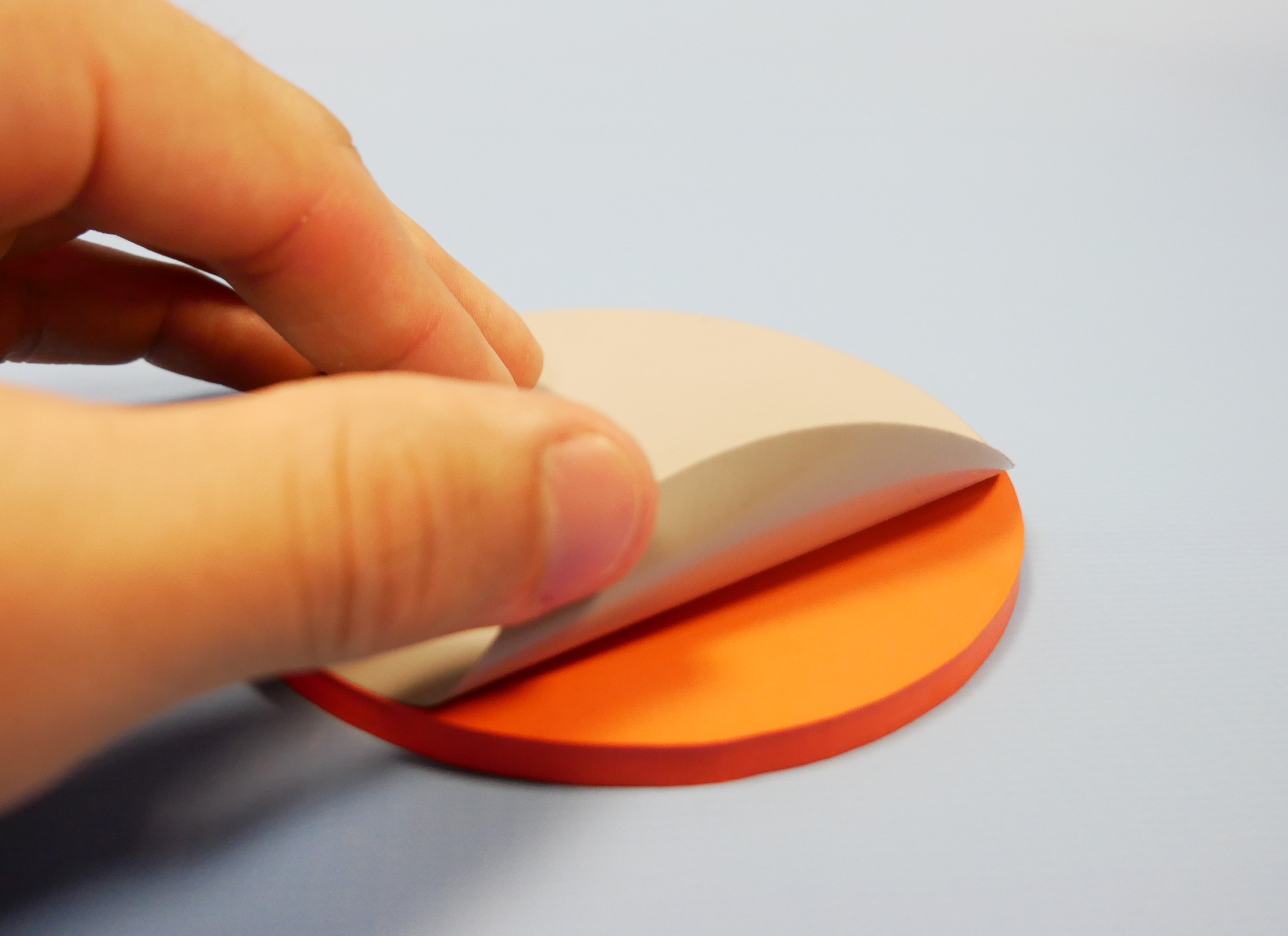Polishing film and pads – choosing the right combination for your application
Nov. 2, 2022, 7:39 p.m.

Dialing in a
process for fiber optic polishing machines can be an intensive task, especially
if your knowledge regarding polishing films is limited. There is no getting around
it, polishing films are required for polishing. Being able to choose the right
film to get optimal polish quality takes experience and extensive knowledge regarding
polishing film types. The objective of this blog post will be to educate you on
polishing films: the varieties and types, along with their unique
characteristics.
Polishing
film types are selected to carefully remove fiber material at a controlled rate
and degree of aggressiveness. Each
unique polishing application generally requires experimentation to figure out
which polishing films yield the optimal fiber or connector finish. For
instance, silicon carbide and aluminum oxide are film types best used for epoxy
and material stock removal or when a pristine finish is not required. These film
types are low cost for this reason. Typical abrasive particle sizes range from
0.3 microns to 30 microns. For extensive material removal and/or large surface
areas, abrasives with >400 grit are also available.
The first
step in understanding polishing films is knowing the importance of silicon
carbide polishing film and aluminum oxide polishing film. These two different
types of film are important because they are extremely useful for polishing
glass fibers terminated in metal ferrules and connectors. Silicon carbide
typically cuts faster than aluminum oxide. For the same particle size, aluminum
oxide typically yields a better surface finish than silicon carbide. Silicon
carbide is good for polishing glass fibers and plastic optical fibers (POF) with
either flat or angled endfaces. While
silicon carbide and aluminum oxide film types can be used for ceramic ferrule
terminated fibers, its use will tend to result in a fiber “undercut.” This is
due to the particle material type embedded in the film. They are simply not aggressive enough to
significantly remove the ceramic material. Hence the fiber becomes undercut,
resulting in its surface being slightly lower than the ceramic. Depending on
application, this may result in unwanted back reflections and greater
attenuation due to the gap between the fiber surfaces of the two mated
connectors. When it comes to this issue, there is a solution.
That brings
us to our second step in understanding films and their use with fiber optic
polishing machines. This is the importance of polishing films containing
diamond particles. Diamond films differ from the first two film types we
learned about in many ways. The two most important differentiations I want you
to know about are its cost (more costly) and aggressiveness (more aggressive). Diamond
film types are aggressive enough to polish hard materials such as ceramic,
sapphire, and tungsten carbide. Hence if polishing a fiber terminated on a
ceramic ferrule, the diamond film will cut both the ceramic and fiber at
approximately the same rate, resulting in a planar fiber/ferrule endface. This
eliminates the possibility of the undercut problem I mentioned earlier. Additionally,
diamond films can shape ceramic ferrule endfaces while aluminum oxide and
silicon carbide would not be aggressive enough to do so (also mentioned
earlier). APC connectors require an angled endface (typically 8 deg). Diamond
films are aggressive enough to cut this angle. Diamond film also has a longer
polish life and a technician can get more cycles per set of connectors being
polished.
Finally, our third
and final step in understanding polishing films could be argued as the most
important. This major factor of polishing is the surface upon which the film is
placed on. This is critical when trying to create a sharp angle or radius on
the fiber. Depending upon the hardness of the surface which the film is placed,
polishing films can shape fibers and ferrule endfaces to desired geometries.
For instance, if a flat endface is needed, we at KrellTech would suggest using
a glass plate as the polishing surface. Softer rubber pads (such as KrellTech’s
hybrid pads) can achieve a radius and generate industry accepted ferrule
endface geometries such as Telcordia GR326.
Most film is available
with PSA (pressure sensitive adhesive) and non-PSA configurations. PSA films
have a sticky backing which makes it easy to apply to a glass plate or hybrid
disk. A light spray of water on the polishing plate/pad allows the non-PSA film
versions to adhere.
Being a polishing equipment manufacturer, KrellTech offers an extensive line of fiber optic polishing films and precision rubber pads/glass disks. Contact a KrellTech representative to identify the best film/pad for your application. We at KrellTech promise to continue to strive to assist technicians, engineers and our customers using fiber optic polishing film.